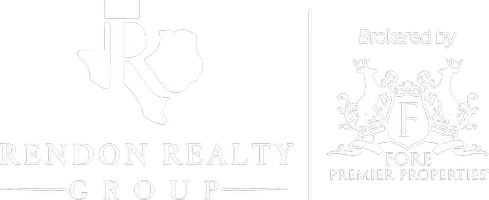Why Hill Country's Popularity Might Be Its Downfall
Growth pains and how locals adapt—and still thrive.
The Hill Country’s charm is undeniable—so is the pressure that popularity puts on water, wildlife, roads, and locals.
Here’s the straight talk on how growth became a double-edged sword—and the practical steps residents can take to protect what makes this place special.
Is the Texas Hill Country’s Popularity Becoming Its Downfall?
What’s inside
Why the Hill Country Took Off
Postcard landscapes, clear rivers, walkable Main Streets, wineries, festivals, and small-town community—all within reach of Austin and San Antonio. The mix of rural peace + modern amenities made towns like Fredericksburg and Boerne irresistible to visitors and new residents alike.
Overdevelopment & Resource Strain
Growth adds housing and jobs—but unchecked sprawl paves over recharge zones, eats open space, and burdens roads, utilities, parks, and public safety. The risk: permanent changes to the region’s character and costly infrastructure gaps.
Water Supply Crisis
The Edwards and Trinity aquifers are the lifeblood of Hill Country communities. Demand outpacing recharge, more frequent droughts, and expanding impervious cover reduce spring flows and stress ecosystems. Without stronger conservation, land-use planning, and public education, current consumption is unsustainable.
Rising Costs & Small-Business Squeeze
Popularity lifts property values and rents—but also everyday expenses. Long-time residents feel the pinch. Independent shops that define Main Streets face higher occupancy costs and competition from chains, threatening local identity.
Traffic, Noise & Environmental Stress
Roads designed for small towns now carry big-city volumes. Congestion, longer commutes, higher emissions, and noise erode the quiet, clean-air experience that drew people here in the first place.
Wildlife Displacement & Ecosystems
Clearing land fragments habitats and disrupts pollinators, birds, and native mammals. Losing biodiversity destabilizes the very landscapes—wildflowers, riparian corridors, oak savannas—that define the Hill Country.
Cultural Dilution & Heritage Loss
German traditions, ranching roots, and small-town rituals build the region’s identity. Rapid in-migration can unintentionally overshadow those customs unless communities actively preserve and celebrate them.
What We Can Do About It
1) Advocate for responsible growth
- Back comprehensive plans that steer growth to serviced areas and protect recharge zones.
- Support clustered, mixed-use neighborhoods that preserve larger tracts of open land.
2) Protect water at the lot and city scale
- Rainwater harvesting, native/xeric landscaping, graywater reuse, leak audits.
- Promote permeable pavements, riparian buffers, and LID (low-impact development) standards.
3) Keep Main Street local
- Shop independents, join local chambers, and favor landlords who offer fair, long-term leases.
- Encourage pop-up markets and maker spaces that incubate homegrown businesses.
4) Ease traffic the smart way
- Push for context-sensitive road upgrades, safe crossings, trails, and park-once districts.
- Time errands off-peak; support event shuttles and shared-ride programs on festival days.
5) Build with wildlife in mind
- Conserve mature oaks, restore native grasses, and maintain wildlife corridors.
- Design dark-sky friendly lighting and minimize fencing that blocks animal movement.
6) Celebrate and preserve heritage
- Fund museums, language/music programs, and historic preservation grants.
- Feature local history in school curricula, festivals, and visitor guides.
Conclusion
The Hill Country sits at an inflection point. Popularity created opportunity—but it also amplified water stress, higher costs, heavier traffic, habitat loss, and cultural drift. With committed planning, conservation, and community action, we can welcome growth without sacrificing the landscapes and traditions that make this region worth protecting.
Buying or selling with sustainability in mind?
I’ll tailor a plan that screens for water/wildfire risk, open-space adjacency, and smart-growth neighborhoods—plus a negotiation strategy that fits today’s market.
Start my plan